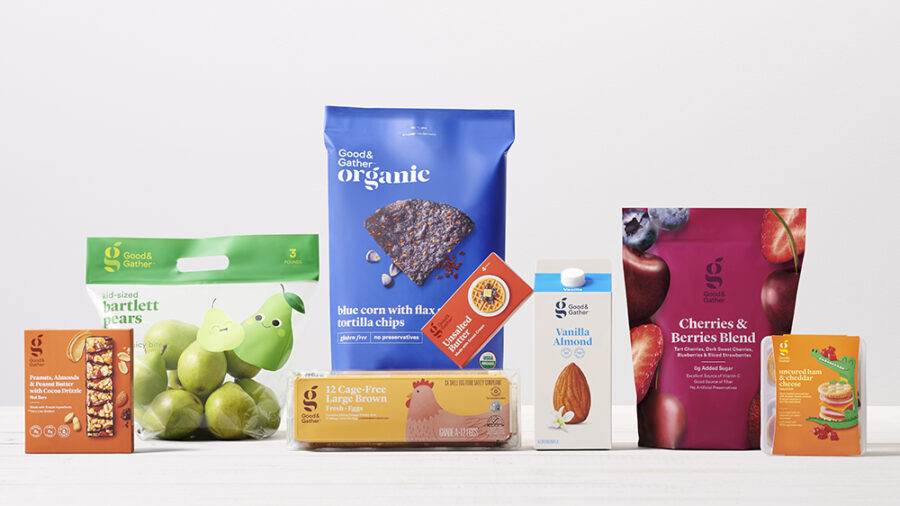Some of the pressures eating into grocer’s bottom lines are expected to ease in the latter half of 2023, and while the year isn’t expected to close out strong the recovery is in sight.
Retailers need to position themselves to weather the lingering challenges of 2022 while preparing to take advantage of the opportunities expected for the summer months and beyond.
“The improvement should partly be in margins as some of that cost pressure started to abate,” said Sarah Wyeth, senior director, sector lead – consumer, retail & restaurants at S&P Global Ratings. “Costs are probably going to remain pretty high, but the inflation rate is slowing. We think that it peaked in the third quarter of 2022, and as that continues to come down pricing will catch up with it. That should be a bit of a tailwind on the margin side.
“Inventory normalization should also help in terms of cash flow in the second half of 2023 and throughout 2023.”
ENCOURAGING OUTLOOK
The big benefit grocers and their partners can expect is better forecasting.
The uncertainty of 2022 weighed heavily on planning capabilities, leading to fluctuating inventory levels as businesses tried to balance supply chain concerns against changing consumer spending – even retail giants like Target took short-term hits in order to right-size their inventory in the long-term.
However, the coming year should make it easier to get the right products on shelves in the right amounts.
“We should be getting into a more normal, predictable kind of rhythm,” said Wyeth. “There’s still elevated demand for travel and getting back out but that should start to taper off, especially as consumers continue to feel a pinch from inflation.”
Stabilized supply chains will create the foundation for recovery, but it’s up to each individual company to make the necessary adjustments to benefit from the opportunity, especially when consumers remain price shy and brand loyalty remains low.
A study by Morning Consult found that more than 33% of consumers have switched food and beverage brands when they felt trust waned, due to events including a perceived drop in quality or price increase.
PRICING SOPHISTICATION KEY
“A grocer can increase prices in products or categories where they know consumers are less price sensitive, and then they may eat some of the margin on their basics to keep the consumer that’s more stretched from trading down to Walmart or the dollar store,” said Wyeth.
“Being very sophisticated with pricing and steering customers to private label, which has higher margins, is key to keeping consumer from leaving and trading down.”
Knowing where shoppers are willing to pay a bit more also can help grocers pinpoint the products where they can collect some extra margin. Having a deep understanding of consumer expectations, as well as how the market will evolve in the later parts of the year, can help companies take advantage of future trends.
“We’ve heard also of grocers taking advantage of the expectation that consumers have for higher prices by getting ahead of their own contracts,” said Wyeth. “So, if they had a contract with their supplier that’s for another six months and they know what’s coming, they can raise the price now even though they’re not paying more yet.
“They can get a little bit ahead of it, but they have to be very, very careful.”












